Nana Woo is a social eurythmist and facilitator for inner development from South Korea who works at SEKEM in Egypt. At the World Social Initiative Forum’s Leadership in Transformation gathering, held at Ruskin Mill in July, Nana talked to Charles Cross about meeting anthroposophy and working with it today.
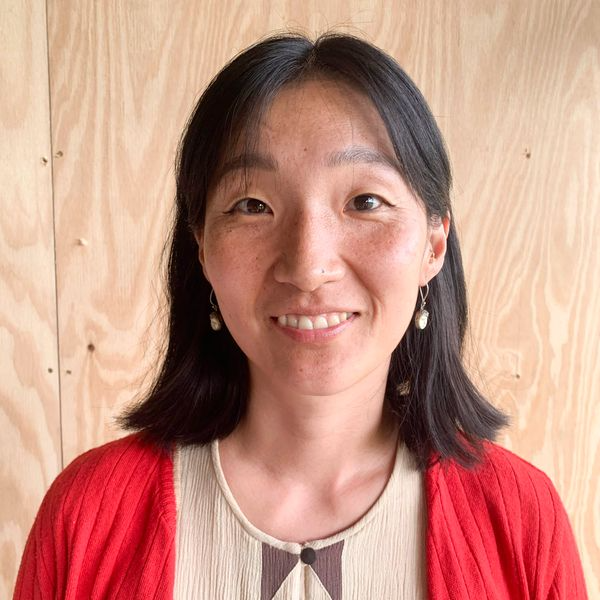
Nana, tell us a little about yourself and your work in the world.
The red thread in my work at SEKEM is human development—in other words, to provide a space where individuals can unfold their potential. In the beginning, I started my work as a social eurythmist for farmers and employees and as a movement art instructor at Heliopolis University. Later, I was involved in redesigning the curriculum for a mandatory educational program for 1,300 employees at SEKEM, called “The Economy of Love” program. I also facilitate the youth and women leaders’ program. After working with people from diverse backgrounds, I decided to study eurythmy therapy and biographical counseling to support individuals’ psychological and physical health. So now, most of the time, I sit with individuals who carry very unique stories and hold a space of sacred hospitality.
You’re from South Korea—how did you find your way to anthroposophy and Egypt?
Oh, I have a long story to answer this. I grew up in Korea and lived there until I was 23. Most of my memories in Korea are a bit dark and depressing. I was exposed to a violent environment at home—a strong patriarchy. I experienced a top-down hierarchy between teachers and students and also between senior and junior students, with bullying and violence. And I suffered from the general educational system. For example, when I was in high school, we had the “zero class”—not the “first class”—which started at seven in the morning. We finished school at eleven at night and continued to study in a private academy until one or two AM! I thought, “Something is wrong!” but everyone said that this was normal and that it was the system I had to follow. However, I wanted to take a less normal path, which was to study art. Soon after I joined the university, I became very disappointed by a similar learning structure. It became a burning issue: “Can I be happy and relaxed? Can we create a different society where people feel content and harmonious? Is this normal?”
So, with that, I decided to leave Korea for fifteen years to explore different communities in the world and learn how to build a healthy community. Many people have asked me why I decided on fifteen years. Simply, I wanted to give myself plenty of time to compensate for the constant, pressured lifestyle of my childhood. So, I left Korea when I was 23 years old.
The first community I landed in was Harduf in Israel. At that time, I didn’t know anything about Waldorf education, organic agriculture, or any sort of spirituality. I saw people who, most of the time, were smiling, relaxed, walking barefoot, and children eating carrots they picked straight from the ground. I was astonished by the atmosphere in the community. I felt the harmony that I was dreaming of, and people were looking into my eyes! There were schools, agriculture, an initiative for people with learning disabilities and a rehabilitation centre, orphan houses, and adult education programs. Everything was in this community. They had a foundation study year of anthroposophy, which was in Hebrew. They told me, “It is Karma that you are here!” They accepted me to the course, even though I didn’t know what anthroposophy was, and six of my classmates translated for me for a whole year. This is how I left Korea and met anthroposophy.
So how did you find your way to SEKEM, then?
After Harduf, I moved to Emerson College in England to experience a different community and to study Eurythmy. I met Annemarie Ehrlich, who came to introduce us to Social Eurythmy. She inspired me so much, and I knew Social Eurythmy would be my professional path. So when I graduated, I searched for a company that could hire me as a full-time social eurythmist; sadly, there wasn’t one. I remembered that Annamarie told us she went to SEKEM to teach. Later, I met Helmy Abouleish at the World Goetheanum conference, which led me to do an internship at SEKEM. I met Ibrahim Aboulesh there, who said, “We will welcome you to join our community.” That’s how I moved to SEKEM in 2018.
You’re coming to the end of your 15 years—are you considering returning to Korea?
I have been reflecting recently on what has happened in the last 14 years, what anthroposophy means to me, and where I am in my life. One thing I have learned is to open myself to listening. I do not need to fix a goal and press myself to achieve it, but I trust that if something needs to come, it will come to me. I’ll listen. I don’t know what it will be—maybe I might end up in Egypt, England, Switzerland, Uruguay, Korea, or Nepal! I will somehow start a little work in Korea, perhaps a workshop, and then see what happens.
Please tell us about your therapy team at Sekem.
Yes—Our therapy team is called RiFQa رفقة, which means tenderness, gentleness, and companionship in Arabic. We are part of the interactive health centre at SEKEM, which was established two years ago and aims to serve one of the SEKEM vision goals for 2057: providing integrative health services for all of Egyptian society.
We are five therapists working together: Petra Rosenkranz and Radwa Shedeed with art therapy, Sohila Mohamed with nutrition and general health coaching, Andreas Lenzen with nursing and rhythmical massage therapy, and myself with Eurythmy Therapy combined with biographical work. Some of us have been working in this field for over 20 years, and others, like me, are studying and working as new therapists. We came together a year ago, sharing different questions: why we chose to be a therapist, what challenges we meet in the health care services, how we would like to work differently than a conventional way, how we can create a holistic healthcare service for different socioeconomic backgrounds and especially for people from marginalized communities.
We had a prototyping phase for the last six months. It was learning by meeting reality. Since 90% of our patients were neither from anthroposophical nor alternative backgrounds, we had to find a way to meet them by trusting our methodologies and our passion for creating a space for healing. We spent a considerable amount of time building a relationship with patients to hear their real issues so we could find out what might have caused illnesses and design a therapeutic healing map based on their individuality. For many of them, it was very rare to meet someone who was authentically listening to them— someone who was not judging them, someone who encouraged them and spoke about hope, and someone whom they could trust. For this, I love our name, RiFQa رفقة—it’s not about administering a cure from the top down but creating a space to accompany a healing process. Even calling ourselves therapists might be wrong—it’s more about space holders that one can meet one’s true self. You could call it higher self-care.
Photo credit for title image Nicolas Prestifilippo

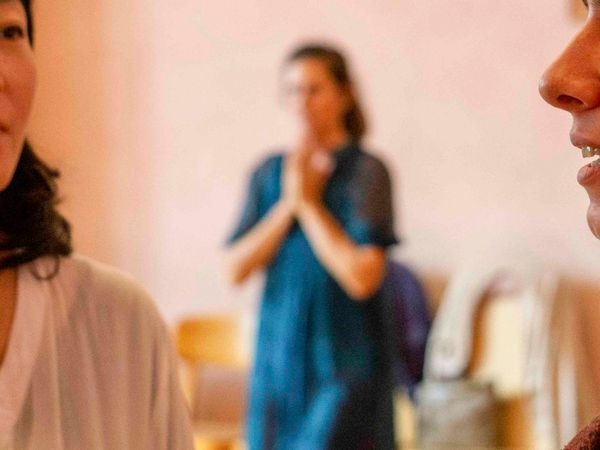



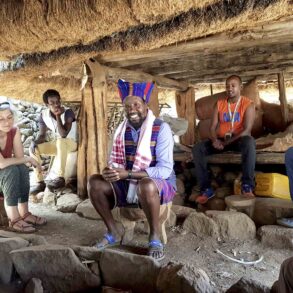
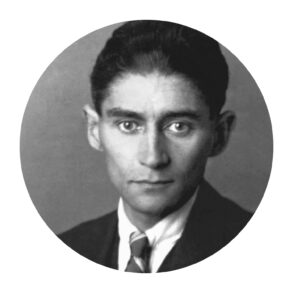




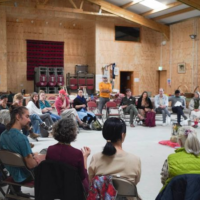
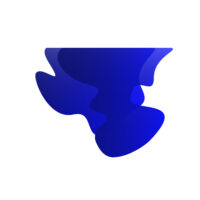

Dear Nana: Such a pleasure to meet you at the WSIF in the UK. So lovely to read your story and hear a bit more about your biography and destiny. warmth and gratitude, Carolyn